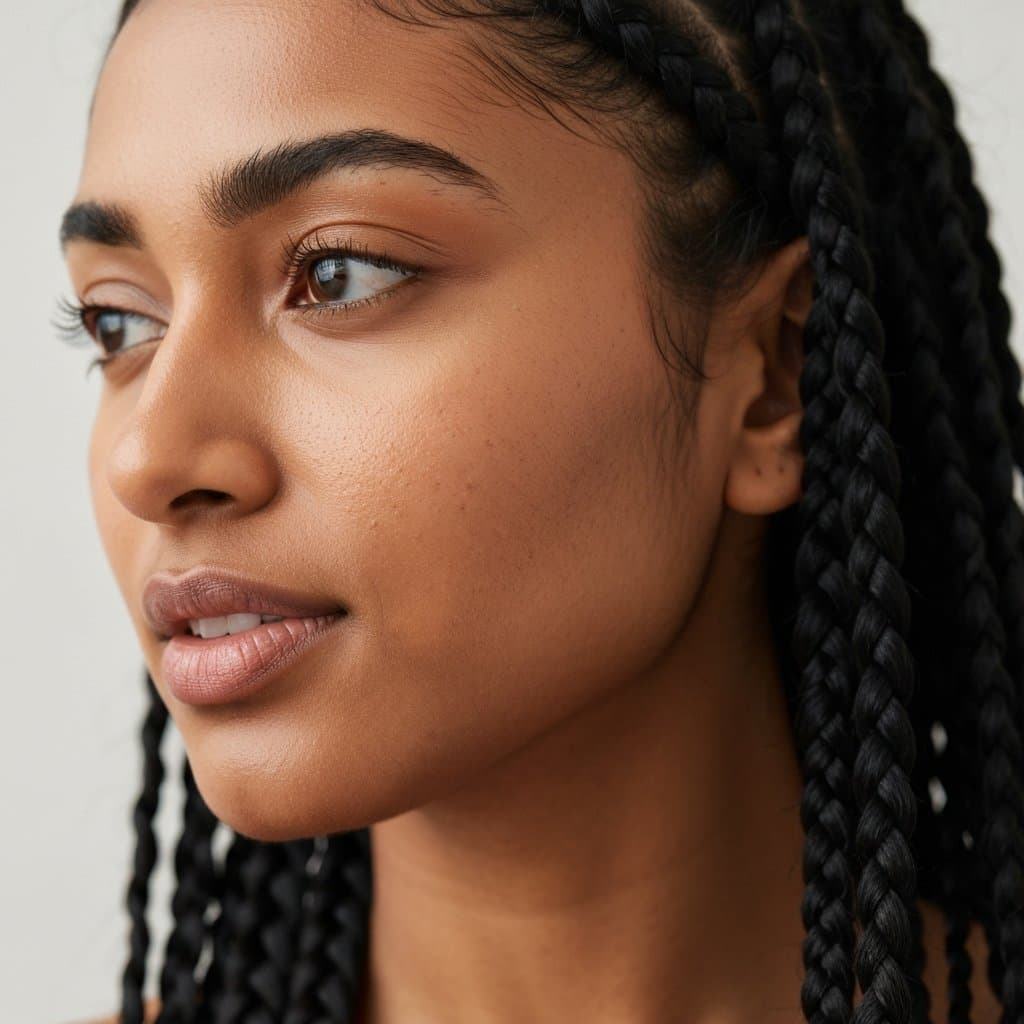The Bob Revolution: How to Choose the Right Bob for You | Ultimate Style Guide
The Timeless Allure of the Bob
The bob haircut is more than just a style; it's a statement. For over a century, it has represented independence, sophistication, and effortless chic. From the sharp, rebellious bobs of the 1920s to the textured, lived-in looks of today, the bob has continuously reinvented itself, proving its unparalleled versatility and timeless appeal. This enduring legacy is what we call the 'Bob Revolution'—a constant evolution that ensures there’s a perfect bob for every person, regardless of age, hair type, or personal style. But with so many variations, how do you choose the right bob for you?
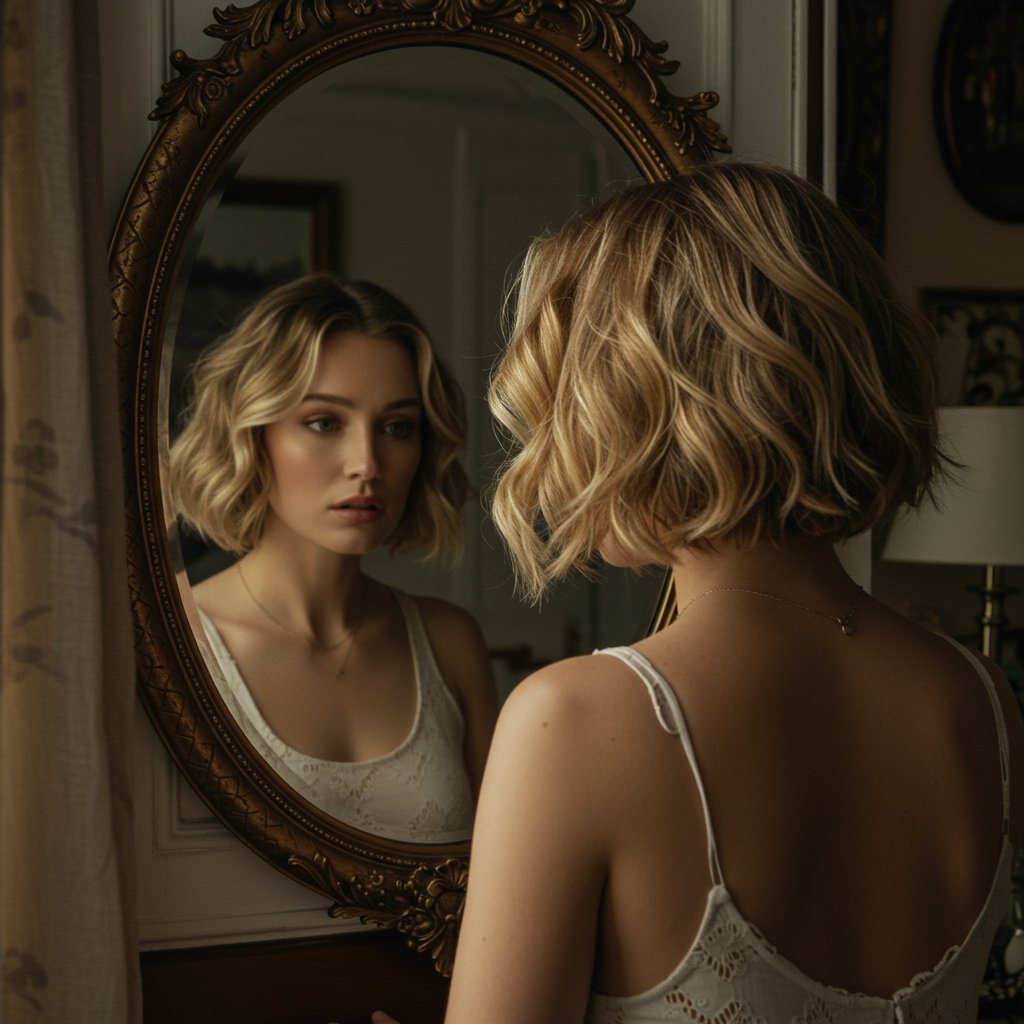
This comprehensive guide is your personal roadmap to navigating the world of bobs. We'll break down the essential factors to consider, from your unique face shape and hair texture to your daily lifestyle and maintenance commitment. By understanding these key elements, you can move beyond simply admiring bobs on others and confidently select a cut that not only looks stunning but feels authentically you. Prepare to find your signature style and join the ranks of those who have embraced the power of the perfect bob.
Understanding Your Face Shape: The Foundation of the Perfect Bob
The first and most crucial step in choosing the right bob is to identify your face shape. The goal is to select a cut that balances your proportions and highlights your best features. A skilled stylist can help you with this, but you can get a good idea by looking in the mirror and tracing the outline of your face. Here’s a breakdown of common face shapes and the bob styles that flatter them most.
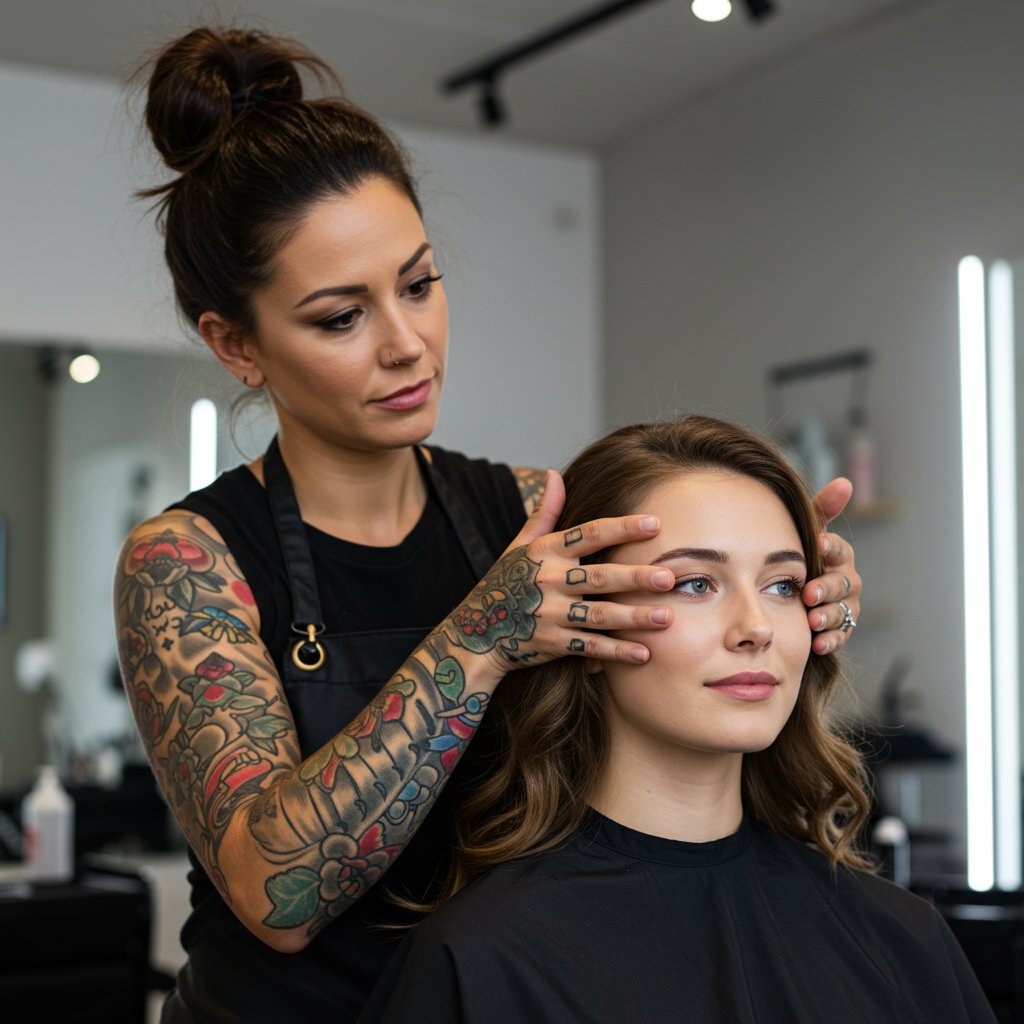
Oval Face
Considered the most versatile face shape, an oval face is well-balanced with proportional features. If you have an oval face, you've hit the jackpot—almost any bob style will look fantastic on you. From a super-short, blunt French bob to a shoulder-grazing lob, you have the freedom to experiment. You can play with textures, layers, and bangs without worrying too much about throwing off your facial balance. This is your chance to try a trendy, asymmetrical cut or a classic, one-length bob with equal success.Round Face
For round faces, the key is to create the illusion of length and angles. Avoid chin-length bobs with rounded lines or heavy, straight-across bangs, as these can accentuate fullness. Instead, opt for a long bob (lob) that falls below the chin or at the collarbone. An A-line bob, which is shorter in the back and gradually lengthens toward the front, is also incredibly flattering as it draws the eye downward. A deep side part and some soft, face-framing layers can also help to break up the roundness and add definition.Square Face
Square faces are characterized by a strong, defined jawline and a broad forehead. The right bob will soften these angles. Choose styles with texture, waves, and layers. A chin-length or longer bob with soft, wispy layers helps to soften the jawline. Avoid sharp, blunt cuts and severe lines that can make your face appear more angular. A side part is often more flattering than a center part, and soft, curtain bangs can beautifully frame the face and draw attention to the eyes.Heart-Shaped Face
Heart-shaped faces are wider at the forehead and taper to a narrower chin. The perfect bob will add volume and width around the lower part of the face to create a more balanced silhouette. A chin-length bob or a lob is ideal, as it fills out the area around the chin. Adding layers or waves from the mid-lengths to the ends can also create the illusion of a wider jawline. Side-swept bangs are a great choice to soften a wider forehead.Long or Oblong Face
For long face shapes, the objective is to create the illusion of width. Shorter bob styles are generally the most flattering. A chin-length bob is perfect for adding horizontal volume. Consider adding blunt bangs or a full fringe to shorten the appearance of the face. Volume on the sides is also key, so think about incorporating waves, curls, or layers that start at the cheekbones to build outward fullness.Hair Type and Texture: Working With What You’ve Got
Your hair's natural texture is just as important as your face shape when choosing the right bob. A cut that looks amazing on straight, fine hair might not work for thick, curly hair, and vice-versa. Working with your natural texture, not against it, will make styling easier and ensure your bob looks its best every day. This is where a professional consultation is invaluable, as a stylist can assess your hair's density, porosity, and growth patterns.
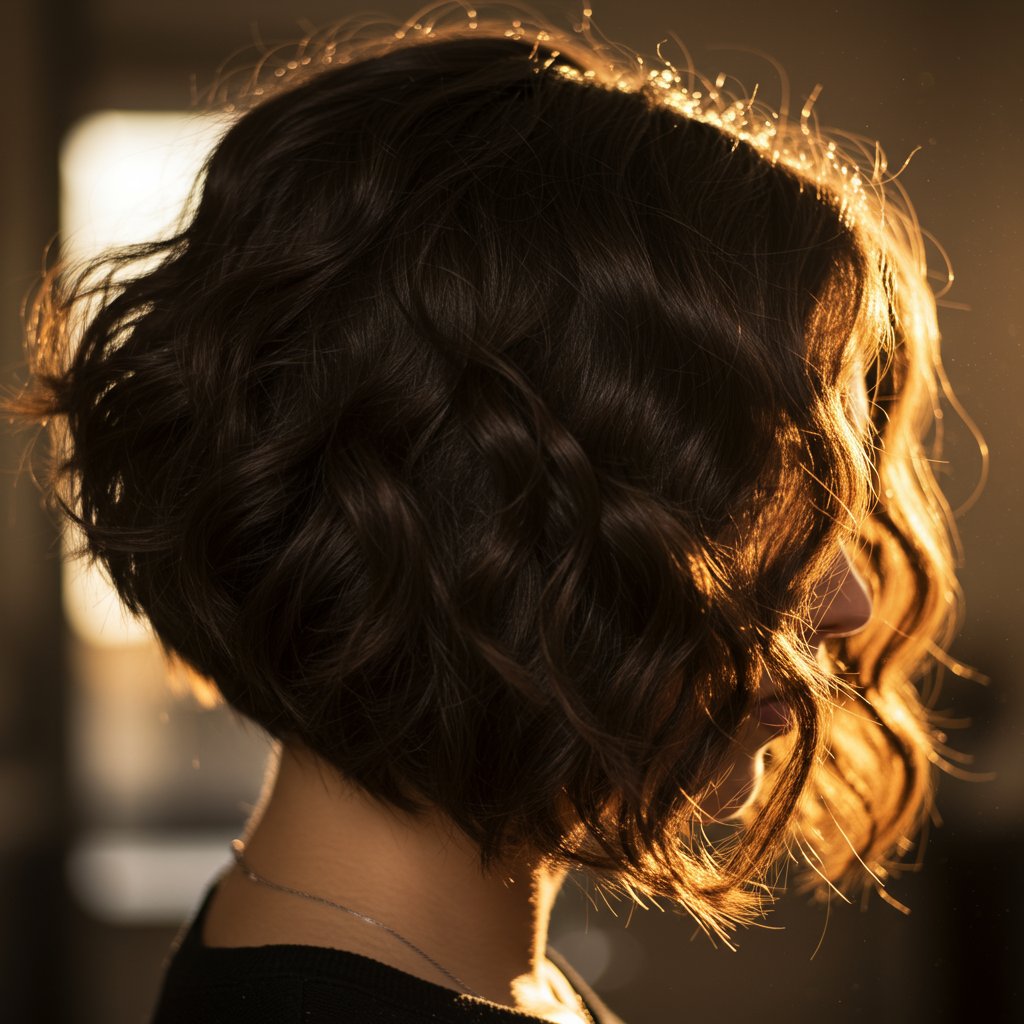
Fine or Thin Hair
For those with fine hair, the primary goal is often to create volume and the illusion of thickness. A blunt, one-length bob is a fantastic choice because it makes the ends appear thicker and fuller. Avoid heavy layering, which can make fine hair look sparse. A shorter, chin-length cut can also give a boost of volume. To add even more lift, ask for subtle, 'invisible' layers underneath the top sections of your hair.Thick or Coarse Hair
Thick hair offers a great canvas for a bob but can risk looking bulky or triangular if not cut correctly. The key is strategic layering to remove weight and add movement. A graduated bob with stacked layers in the back is an excellent option for managing thickness. A textured or shaggy bob with internal layers can also break up the density and create a beautiful shape. Your stylist can use techniques like point cutting or thinning shears to ensure the cut doesn't feel heavy.Wavy or Curly Hair
Embrace your natural texture! A bob can look absolutely stunning on wavy and curly hair, but the cut needs to be tailored to your specific curl pattern. Layers are essential to prevent the dreaded 'pyramid' shape and to encourage your curls to form beautifully. A slightly longer bob or a shaggy bob often works well, giving your curls space to move. It’s crucial to find a stylist experienced in cutting curly hair, as they will often cut the hair dry to see how each curl falls.The Bob Dictionary: Exploring Popular Styles
The term 'bob' is an umbrella for a wide variety of cuts. Familiarizing yourself with the different styles can help you communicate your vision to your stylist. Here are some of the most popular variations in the bob revolution.
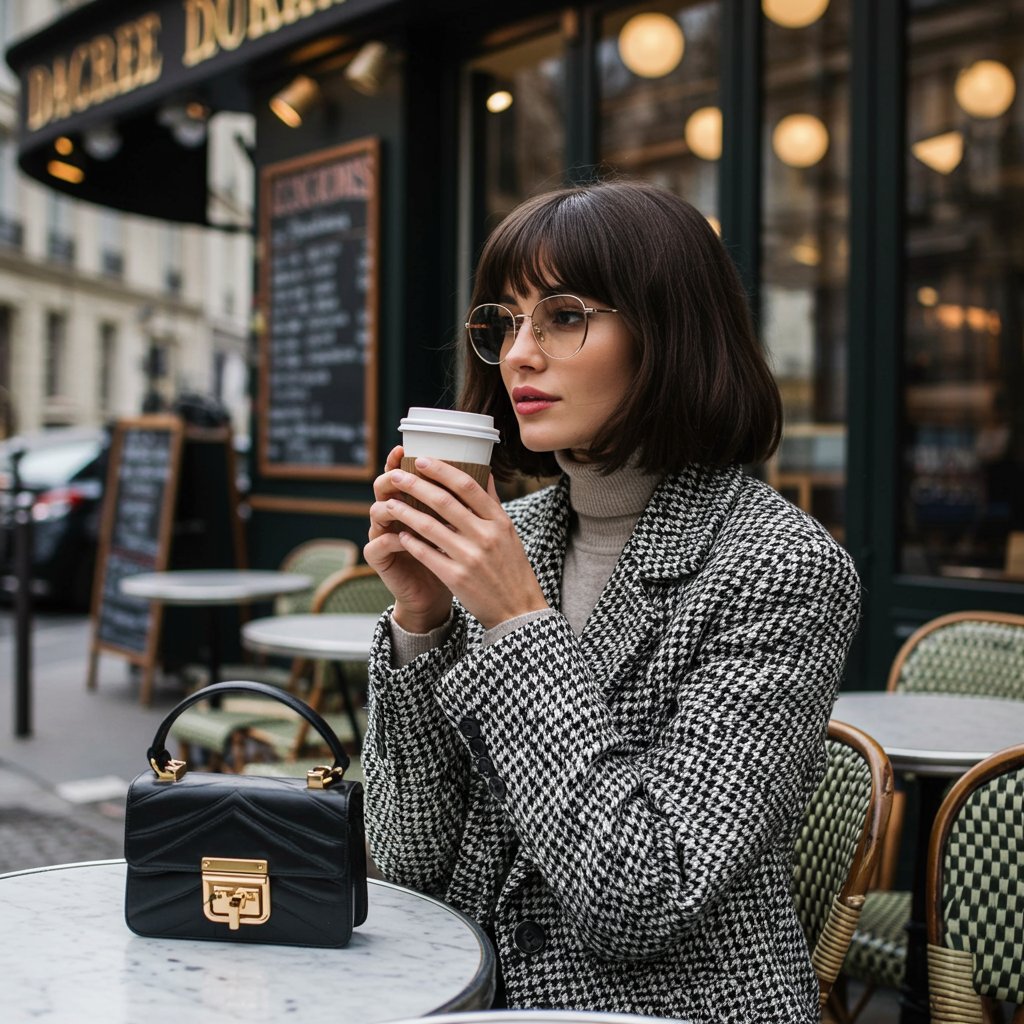
The Classic Bob
This is the timeless, one-length cut that started it all. Typically cut between the ears and just above the chin, it’s sophisticated and elegant. It can be worn with a center or side part and looks stunningly polished when styled straight.The A-Line Bob
Characterized by its angle, the A-line bob is shorter in the back and gradually gets longer towards the front. This creates a sharp, modern silhouette that works well to elongate the face. It can be subtle or dramatic, depending on the severity of the angle.The Graduated (or Inverted) Bob
Similar to an A-line, the graduated bob also features a shorter back and longer front. However, it’s defined by the stacked, layered texture in the back, which creates volume and a curved shape at the nape of the neck. It’s a high-impact style with a lot of built-in body.The Long Bob (Lob)
As the name suggests, the lob is a longer version of the bob, with the length typically falling somewhere between the chin and the collarbone. It’s incredibly versatile, offering the chic look of a bob with the styling flexibility of longer hair (yes, it can still go in a ponytail!).The French Bob
Effortlessly chic and a bit undone, the French bob is usually cut at the chin or jawline, often paired with a full fringe or bangs. It’s meant to be air-dried and has a relaxed, lived-in feel that exudes Parisian coolness.The Shaggy Bob
For a more rock-and-roll vibe, the shaggy bob incorporates lots of choppy layers and texture. It’s a modern take on 70s shag cuts, focusing on movement and a purposefully messy, stylish finish.Lifestyle and Maintenance: A Cut That Fits Your Life
An honest assessment of your lifestyle and how much time you're willing to dedicate to styling is crucial. A high-maintenance haircut on a low-maintenance person is a recipe for frustration. A sharp, geometric bob might look incredible, but it will require daily styling with a flat iron and regular trims every 4-6 weeks to maintain its precise lines. If you're someone who prefers to wash-and-go, a more textured, layered bob that air-dries well would be a much better fit.
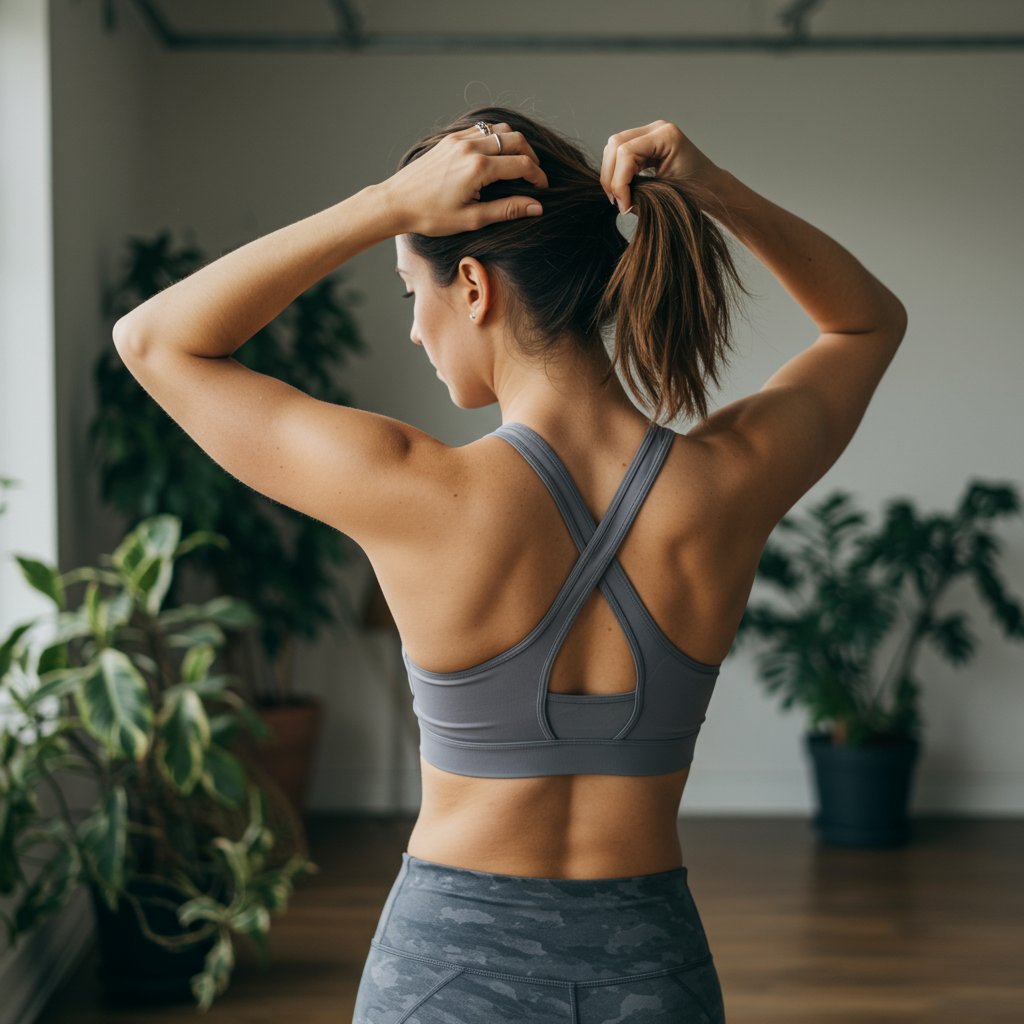
Consider your daily routine. Do you need to tie your hair back for work or exercise? A lob might be more practical than a chin-length cut. Do you enjoy styling your hair every morning, or do you hit the snooze button until the last possible second? Be realistic with your stylist about your commitment level. They can then recommend a version of the bob that not only suits your features but also seamlessly integrates into your life, ensuring you love your hair long after you leave the salon.
Personalizing Your Bob: Bangs, Layers, and Color
Once you've chosen a foundational bob style, the real fun begins with personalization. These details are what make the haircut uniquely yours. Bangs can dramatically change the look of a bob. Blunt, straight-across bangs create a bold, graphic statement, while soft, curtain bangs offer a more romantic, face-framing effect. Side-swept bangs are a versatile option that can soften features.

Layers are another powerful tool. Face-framing layers can highlight your cheekbones and eyes, while all-over choppy layers create texture and movement. Even 'invisible' layers, cut internally, can remove bulk from thick hair or add subtle volume to fine hair without altering the overall shape. Finally, consider color. A sharp, blunt bob in a single, glossy color is incredibly striking. Conversely, a textured bob can be brought to life with balayage or highlights that mimic where the sun would naturally lighten your hair, enhancing its dimension and movement.
Pro Tips for Maintaining Your Perfect Bob
Keeping your bob looking salon-fresh requires a bit of at-home care. First, invest in the right products. A texturizing spray is a must-have for adding grit and definition to lived-in styles, while a smoothing serum or oil will keep blunt bobs sleek and frizz-free. For volume, a root-lifting mousse applied to damp hair is your best friend.

Mastering a few simple styling techniques will make a world of difference. A flat iron can create a pin-straight finish or be used to add subtle, modern waves. A round brush and a blow dryer are essential for achieving a classic, beveled-under look. Most importantly, don't skip your maintenance trims. Bobs lose their shape quickly, so scheduling an appointment every 6-8 weeks is essential to keep the lines crisp and the ends healthy.
FAQ: Your Bob Questions Answered
Will a bob make my face look round?
Not if you choose the right one! For round faces, an A-line bob or a long bob (lob) that extends past the chin will actually create the illusion of a longer, more oval face shape. Avoid chin-length bobs with rounded edges.
How often do I need to get my bob trimmed?
To maintain its shape, a bob requires more frequent trims than long hair. For a sharp, blunt bob, plan for a trim every 4-6 weeks. For a longer, more textured style, you can stretch it to 6-8 weeks.Can I have a bob if I have curly hair?
Absolutely! Bobs on curly hair are stunning. The key is to find a stylist experienced in cutting curls and to choose a layered style that enhances your natural texture and prevents the shape from becoming triangular.What's the difference between a graduated bob and an A-line bob?
The main difference is the layering. An A-line bob is about the perimeter angle (shorter in back, longer in front) but can have one-length hair within that shape. A graduated bob specifically uses stacked layers in the back to create a curved, voluminous shape.How do I style a bob to get more volume?
Start with a volumizing mousse at the roots when your hair is damp. When blow-drying, lift the roots with your fingers or a round brush. For extra lift, try a texturizing spray on dry hair or flip your part to the opposite side you normally wear it.Is a bob a good haircut for thinning hair?
Yes, a bob can be one of the best cuts for thinning or fine hair. A blunt, one-length bob creates a strong, solid line at the bottom, which makes the hair appear much thicker and fuller than it would with wispy, layered ends.Conclusion: Embrace Your Bob Revolution
Choosing the right bob is a journey of self-discovery, blending the art of hairdressing with your personal identity. By considering your face shape, hair texture, and daily life, you can select a cut that feels less like a trend and more like a true extension of yourself. The bob is not a one-size-fits-all haircut; its beauty lies in its infinite adaptability. Whether you opt for a sleek and powerful blunt bob, a carefree and textured shaggy bob, or a classic and sophisticated French bob, the perfect version is waiting for you.
Use this guide as your starting point, gather your inspiration, and most importantly, have an open and honest conversation with a professional stylist. They are the artists who can take your vision and tailor it perfectly to you. It's time to step into your confidence, make the chop, and start your very own bob revolution.

